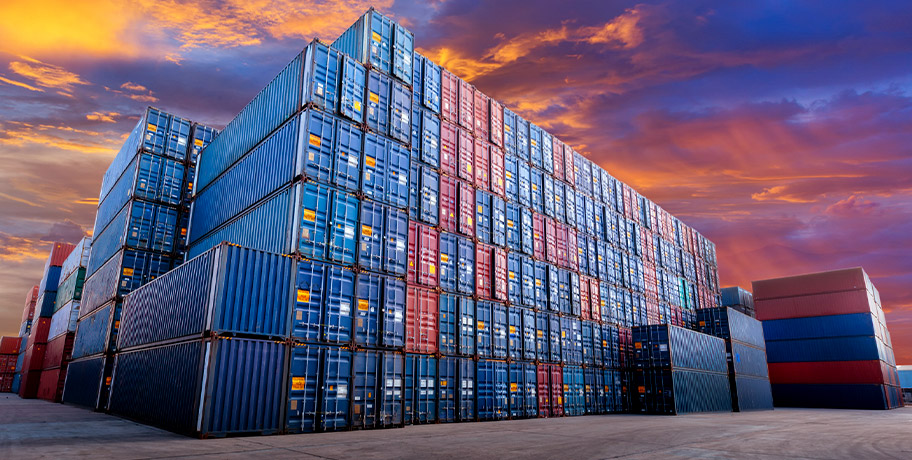DRY VAN SHIPPING: BACK TO BASICS
Mar 07, 2024
Dry Van Shipping: Back To Basics
As one of the most common transportation methods in the logistics and shipping industry, dry van shipping is used for various shipments across different industries. Understanding dry van shipping is crucial for businesses and consumers alike who depend on it to transport their products efficiently and safely. We’ll dive into the definition, dimensions, materials, use cases, challenges, and services associated with dry van shipping.
Definition and Dimensions of Dry Van Shipping
Dry van shipping refers to the transportation of goods using fully enclosed, non-temperature-controlled trailers attached to semi-trucks. The name “dry van” comes from their ability to keep the goods and products “dry” and protected from external elements like weather conditions, road debris, and accidents. The maximum length allowed for a dry van trailer is 53 feet long, with two popular types of dry van trailers: general trailers, at 53 feet long, and pup trailers, which are 26-29 feet long.
Materials in Dry Van Trailers
Dry van trailers are available in different materials such as galvanized steel, aluminum, hardwood or iron. The choice of materials used in the construction of dry van trailers primarily depends on the type of goods being transported and the duration of the shipping situation.
Use Cases for Dry Van Shipping
Dry van shipping is used in various industries and can transport many types of cargo, including non-perishable food, building materials, household goods and more. Some examples of use cases for dry van shipping include:
- Transporting non-perishable foods and beverages, clothing items, electronics, plastics and building products.
- Shipping cars, motorbikes, other automobiles, and components of bigger machines like airplanes and ships.
- Moving household goods, furniture and electronics during the moving process.
- Transporting small machinery and equipment in the construction industry to move raw materials from the warehouse to the construction site, and vice versa.
Challenges of Dry Van Shipping
While dry van shipping is a highly efficient and affordable transportation solution, it does have its limitations. One of the biggest challenges of dry van shipping is the lack of temperature control, insulation or other climate alteration capabilities within the trailer. This means that dry van trailers are not suitable for goods that require a temperature-controlled environment. Additionally, the hardwood floors used in most dry van trailers are susceptible to moisture and condensation buildup, leading to higher repair and replacement costs.
Recent Posts




